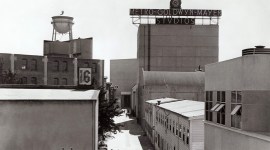
Coming-of-Age Films: Is the Genre In Decline?
Let’s look at the history of coming-of-age films, the years that defined the genre, and the best coming-of-age films anyone can relate to.
A genre defined by the loss of childhood innocence. Coming-of-age stories look back, often with kinder eyes, on time that felt like the most challenging years of a person’s life.
What Are Coming of Age Films?
The coming-of-age genre is a type of movie focused on a child or teenager’s transition from childhood to young adulthood. Typically a protagonist faces a new challenge in which they begin to lose their childhood innocence.
This can be in the form of falling in love, personal growth, coming to terms with sexuality, death, mature thinking, or developing an adult awareness of violence, drugs, or alcohol. Coming-of-age films often blend drama and comedy, pulling from all aspects of life to tell a true and authentic story.

Some of the earliest and most famous coming-of-age films were adaptations of popular coming-of-age literature. Some of the most well-known are Little Women (1933) and The Wizard of Oz (1939). While some coming-of-age films are a product of the time of their release, like Boyz n the Hood, Juno, Clueless, or The Breakfast Club, many of these movies are period pieces looking back to significant cultural times in a writer or director’s life like The Sandlot, Stand By Me, Dazed and Confused, and American Graffiti.
What was the Golden Era of Coming-of-Age Films?
There were plenty of coming-of-age films throughout the early years of cinema, including longtime classics like Wild Boys of the Road (33), Anne of Green Gables (34), Heidi (37), A Tree Grows in Brooklyn (45), The Secret Garden (49), Rebel Without a Cause (55), Old Yeller (57), West Side Story (61), and The Graduate (67).
But it was the films of the 1970s and 80s that really defined coming-of-age films as a genre of its own, many of which are still being copied and inspiring the movies of today.
The 70s saw the release of films like The Last Picture Show (71), Summer of ’42 (71), and Next Stop, Greenwich Village (76). Each heavily focused on various coming-of-age tales, like sexual awakenings or coming to terms with the slowly dying towns they live in.
But perhaps the most famous coming-of-age film of the ’70s, and arguably one of the best coming-to-age films ever made, was American Graffiti (73).
A few years before George Lucas took viewers to a galaxy far away, the director, then in his late 20s, looked back fondly on his teenage years cruising and racing through the streets of California. It was a near-death experience that changed Lucas’s life when he crashed his car shortly after his high school graduation.
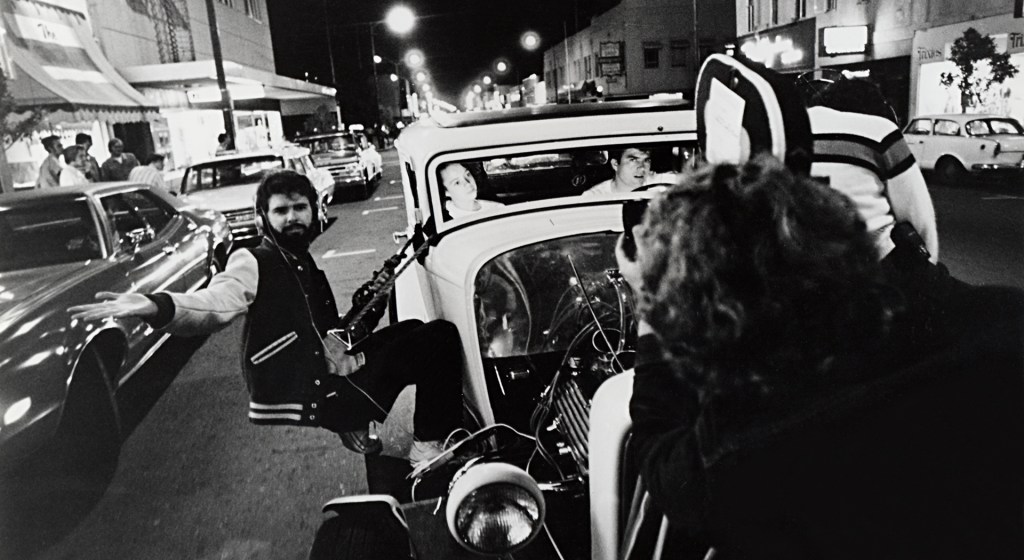
Those years cruising, and the accident itself, inspired Lucas to write and direct American Graffiti. The film starred teenage Ron Howard, who was still widely known to audiences as the child Opie from The Andy Griffith Show.
The film was a literal showcase of a coming-to-age moment where audiences familiar with the actor as a child watched him prepare to enter the adult stage of his life and battling with the thoughts of leaving his youthful innocence behind. The film also starred up-and-coming actors Richard Dreyfuss, Cindy Williams, and Harrison Ford.
Perhaps as famous as the story and cast, American Graffiti‘s soundtrack is a seminal masterpiece, a collection of many of the biggest songs of a generation. It was one of the earliest films that truly leveraged rock and roll and chart-topping hits and integrated them into the film as the soundtrack.
What set this film apart and influenced the coming-of-age films was the ensemble cast, each dealing with their insecurities of graduating high school and navigating their entry into adulthood. It made everything feel real.
You can directly trace American Graffiti and its use of popular music hits as a significant influence decades down the line on films like Dazed and Confused (93), Swingers (96), Almost Famous (00), Remember the Titans (00), and even shows like Stranger Things (16).
It was this recipe that really caught on and caused a boom of teenage-focused films in the 1980s. The 80s defined pop culture and, to this day, are still most recognized for coming-of-age films that dominated theaters and later VHS rental stores.
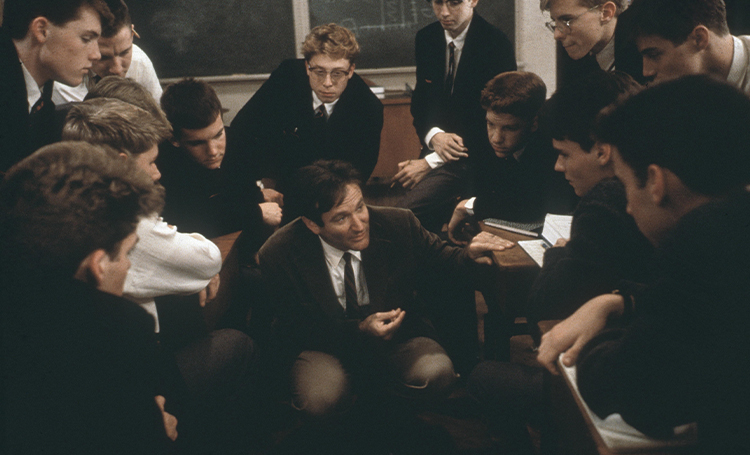
The coming-of-age films of the 1980s are usually remembered as straight comedies, but the decade was full of films dealing with very heavy and difficult topics.
Death was a major influence on films like Stand By Me (86), River’s Edge (86), Tex (82), Empire of the Sun (87), Heathers (88), and Dead Poets Society (89). Yet the decade is mainly remembered for films like The Karate Kid (84), Fast Times at Ridgemont High (82), and Say Anything… (89), as well as the films of John Hughes.
Perhaps the greatest influence on the coming-of-age genre came from writer/director John Hughes, who could balance heavy topics with comedic flare and authenticity.
The John Hughes Coming-of-Age Films
You can dedicate entire novels and documentaries to the work of John Hughes, who not only truly captured legendary coming-of-age stories, but did so in a way that was authentically hilarious and with blockbuster success.
Hughes had a background in writing and advertising, eventually ending up writing at National Lampoon. The rights to his short story Vacation ’58 were purchased by Warner Bros., whose National Lampoon’s Vacation was directed by Harold Ramis.
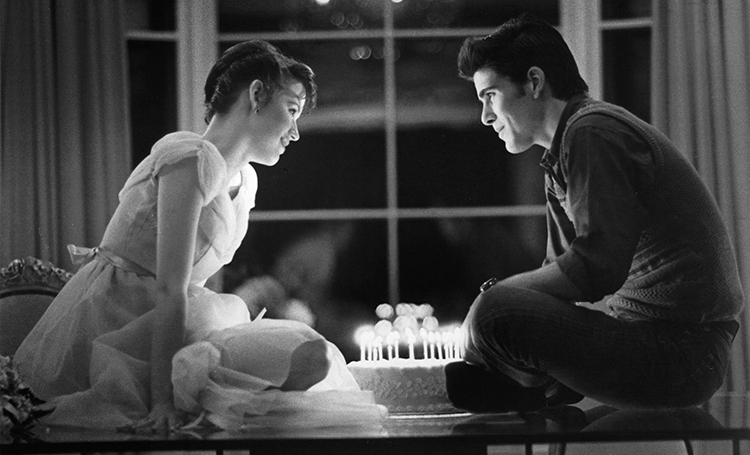
Not satisfied with his lack of control over the final film, Hughes sought to direct his own stories. With his expertise in fast-paced writing environments, Hughes churned out scripts in the 80s and 90s, including several original stories and sequels to many of his massive hits.
Hughes was behind many massive franchises that he did not direct, like Home Alone, the Vacation sequels, and the Beethoven films. While those franchise films are all genuinely enjoyed and still seeing sequels and remakes to this day, it was Hughes’s coming-of-age films he directed that truly cemented his legacy as one of the greatest filmmakers of his generation.
Before National Lampoon’s Vacation (83) even hit screens, Hughes was allegedly already sitting on 15 screenplays, many of which were written at breakneck speed. According to actress Molly Ringwald, Hughes had pinned her headshot to a bulletin board in his office and, over one weekend, had finished the script for Sixteen Candles.
That 1984 film would be his directorial debut, followed the next year by the legendary coming-of-age ensemble piece The Breakfast Club, and sci-fi coming-of-age Weird Science. The year after that, 1986, saw the release of the Hughes-directed Ferris Bueller’s Day Off and Hughes-written Pretty in Pink.
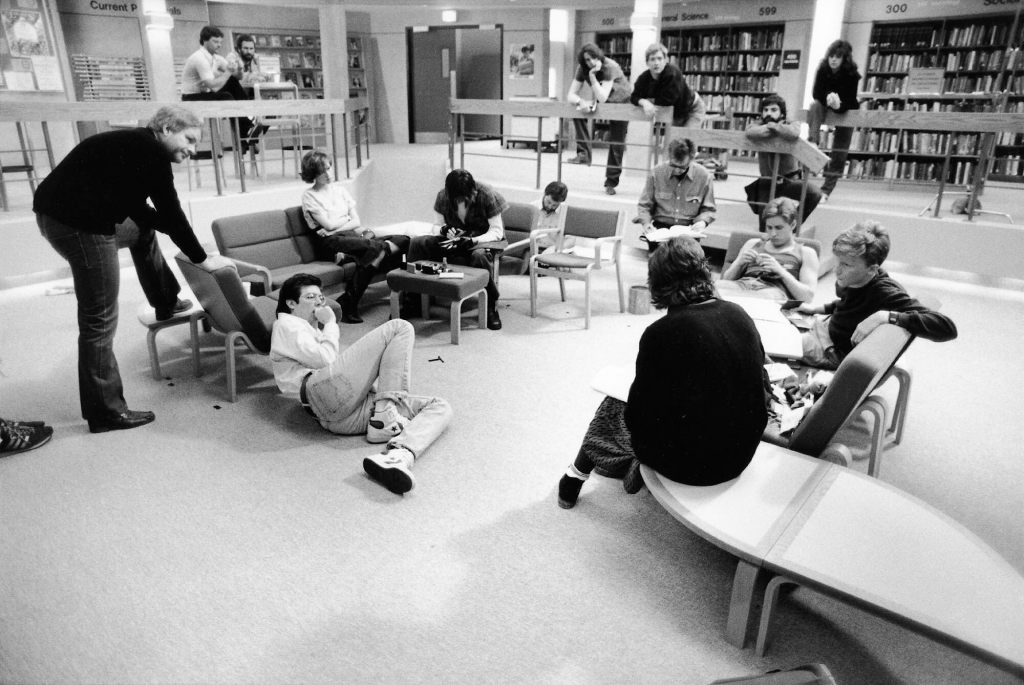
Nearly every one of those films can be described as a genre-defining coming-of-age film, with The Breakfast Club often topping lists as one of best films in the genre. That film in particular, more so than Hughes’s other coming-of-age films, has the luxury of an incredible ensemble cast that nearly every person can relate too.
Whether it be athletes, art students, nerds, or troublemakers, The Breakfast Club truly bands a group of misfits together for one day. As the tagline of the film itself states, “They only met once, but it changed their lives forever.”
Hughes coming-of-age films always had a real-world scope, focusing entirely on a small scope of characters and the real-world problems they each faced. That, married to the musical hits of the era made a recipe for success in theaters, but nearly all of his films still feel as relevant to teenagers of this day and age.
Influenced by the Golden Era
The styles and music have changed, but modern coming-of-age films like Booksmart (19), mid90s (18), and even blockbusters like Spider-Man: Homecoming (17)all have nods to John Hughes’ work. He truly captured the essence of the coming-of-age genre.
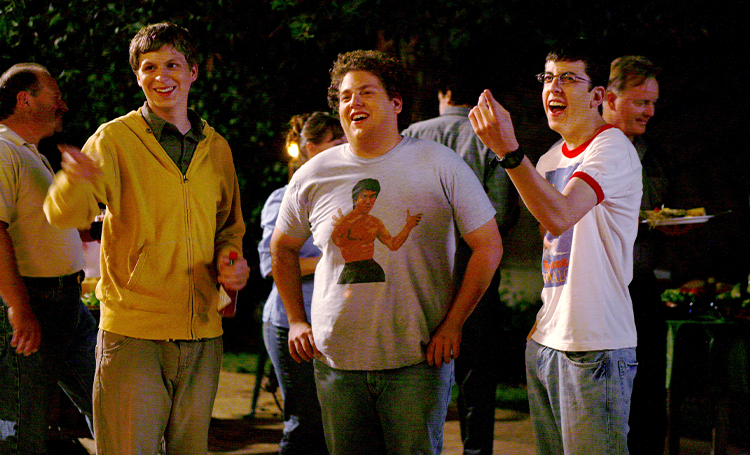
Fun fact for the day, Jonah Hill, who starred in the beloved coming-of-age comedy Superbad (07), went on to direct the coming-of-age feature mid90s after being inspired by working with Martin Scorcese on Wolf of Wall Street.
Hill’s sister, Beanie Feldstein, has since come into her own, starring in both coming-of-age films Booksmart and Lady Bird (17). Booksmart is often compared to Superbad as a spiritual sequel from a female perspective.
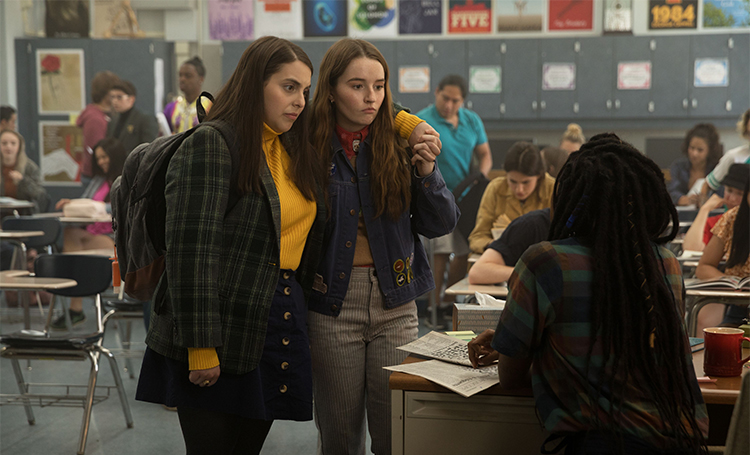
And as mentioned before, Richard Linklater’s Dazed and Confused, Boyhood (14), and Everybody Wants Some! (16) take musical and coming-of-age influences from the likes of American Graffiti, as does Paul Thomas Anderson in his films like Boogie Nights (97) and Licorice Pizza (21).
Are Coming-of-Age Films on The Decline?
This is a tough question to answer. If we are talking about mid-tier to large-budget theatrical releases, then absolutely yes, coming-of-age films are not only on the decline, they are almost non-existent. Most coming-of-age films can loosely be classified as comedies, and comedy films, in general, are not being produced on a large scale because of the inability of humor to translate worldwide.

Internationally we’ve seen success with films like Fish Tank (09) and The Hand of God (21). Studios like A24 have found success in the space making smaller budget, artistic-driven coming-of-age films like Moonlight (16), Eighth Grade (18), The Florida Project (17), American Honey (16), and Lady Bird.
Many of these films earning Oscar nominations, including Moonlight’s infamous Best Picture win. Other films like Into the Wild (07), Call Me By Your Name (17) and Licorice Pizza (21) can still manage to find small theatrical release windows thanks to their director’s passion for filmmaking and theatrical release.
But there is still another massive shift that changed everything. Streaming.
Coming-of-age stories have found their new life among today’s youth online. Where in my generation turned to cable television for teen-focused content, today, Netflix and other streaming sites have a collection of series and films targeting young adults that have found massive success.
The downside is streamers tend to greenlight series over films, so most coming-of-age series online often fall into tv traps expanding stories for larger audiences, or they get canceled very early on. The small number of coming-of-age films they do produce with any mild success often get quick sequels to cash in.
Netflix, in particular, has found success with its rapid production of coming-of-age film franchises like To All The Boys I’ve Ever Loved Before (18), The Kissing Booth (18), and Tall Girl (19).
Today’s Coming-of-Age Genre and Diversity
A majority of coming-of-age films from the past decade have seen a significant increase in telling stories of diversity. Many deal with themes of homosexuality, race, immigration, mental or physical disorders, and various generational traumas.
It was once rare to see coming-of-age stories like Boyz n the Hood (91), Crooklyn (94), Boy’s Don’t Cry (99), and Real Women Have Curves (02).
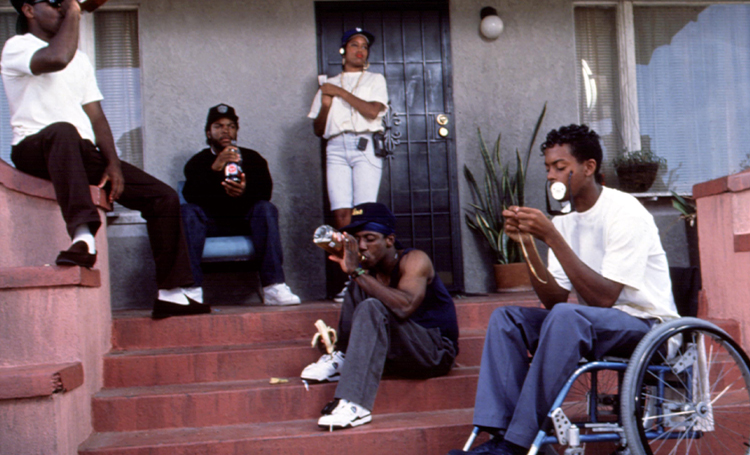
Those films helped pave the way for many studios are investing in rich and diverse stories. This extends to a multitude of communities and diverse groups and characters seen in films like Moonlight, Dope (15), Love, Simon (18), We the Animals (18), The Half of It (20), Dear Evan Hansen (21).
This even includes animated coming-of-age films like Spirited Away (01), Moana (16), Coco (17), Encanto (21), and Turning Red (22).
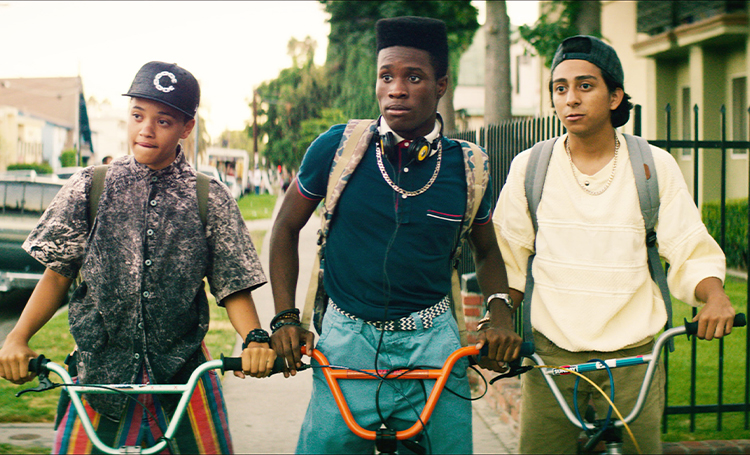
The coming-of-age genre will never go away. It’s genuinely been wonderful to see the genre grow and become more inclusive. As long as people continue to age, children will become adults, and adults will look back with a fondness on those troubling and tough-to-navigate years.
Cover via Universal Pictures/Kobal/Shutterstock.
More Articles Like This:



